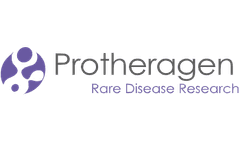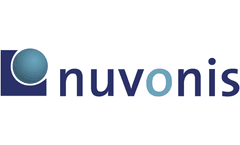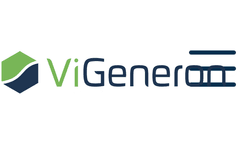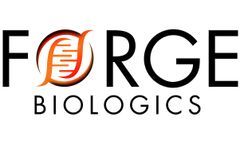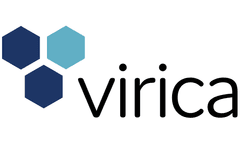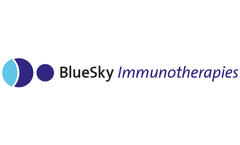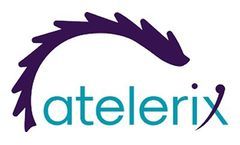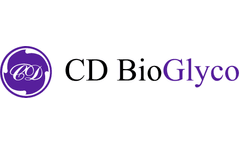Refine by
Viral Vector Articles & Analysis
67 news found
Viruses are the most common pathogens that threaten human life. The spread of viral infections and the destruction of human life are extremely dangerous. ...
Introduction We recently sat down with one of our valued customers, Dr Alexis Rossignol (Clean Cells), to discuss his experience with VIPS PRO, our cutting-edge technology designed to streamline and enhance the early stages of cell line development. This interview provides insight into Clean Cells’ quest to automate and increase single-cell seeding while having undisputable proof ...
For example, Creative Diagnostics can help researchers determine viral vector particle concentrations (titers). Viral vector vaccines are live viruses genetically engineered to express one or more heterologous antigens. Determination of vector particle concentration is an important step in the development and ...
To date, several clinical trials have been completed using viral and non-viral vectors to deliver the P53 gene either alone or in combination with other therapeutic agents. ...
By keeping up with the latest advancements in the field, its team of expert scientists possesses a deep knowledge of RNA biology, viral vectors, antigen design, and delivery systems. This expertise allows them to design and develop highly effective and safe mRNA vaccine candidates. ...
The use of directed evolution, high throughput screening platforms, and vector production will boost the adoption and efficiency of gene therapy, thereby revolutionizing research methodology. Gene therapy development solutions, including viral and non-viral vector development, gene editing technology support, and gene therapy ...
Of course, mRNA transfection is limited to instantaneous expressions. Unlike DNA and viral vectors, mRNA will not be inserted into the host genomes that modify genetic information, and proteins encoded by mRNA fragments will only be expressed instantaneously and then degraded rapidly, minimizing the risk of gene integration and being highly safe. ...
Therefore, it has now become the most common non-viral vectors used in clinical practice. Alfa Chemistry now provides four key excipients for LNPs that can be used in nucleic acid delivery, namely, cationic lipids, ph-sensitive lipids, phospholipids and peg lipids. ...
What can viral vectors be used for? Substantial improvements in viral vector manufacturing, delivery, and safety have placed viral vector-based therapy at the forefront of modern medicine. ...
ByNuvonis
Today, a broad range of viruses can be generated in Vero and Avian cell lines that are reliable and safe workhorses for industrial viral vaccine manufacturing. Viral Vaccine Manufacturing to control pandemics: The coronavirus disease 2019 (COVID-19) pandemic caused by severe acute respiratory syndrome–coronavirus 2 (SARS-CoV-2) has created ...
ByNuvonis
The proceeds will enable ViGeneron to accelerate its proprietary viral vector-based gene therapy platforms and drive product development in its two lead ophthalmic gene therapy programs. ...
However, when exposed nucleic acids are removed fast, resulting in low rates of nonspecific biodistribution and cellular internalization, expected therapeutic effects can not be achieved. On the other hand, non-viral vectors have low immunity and can be injected multiple times and produced in large quantities, revealing great potential in clinical gene therapy. ...
Forge will provide adeno-associated viral (AAV) process development and manufacturing services for ET-101. ...
This webinar will focus on process intensification in the manufacturing of adeno associated virus (AAV) vectors. AAV vectors are critical to gene therapy development. These vectors are the delivery system for inserting good genes into cells. Currently, demand for AAV vectors is rising with more than 550 adeno associated ...
Forge will provide research-grade and GMP-Pathway plasmid manufacturing services, in addition to adeno-associated viral vector (AAV) process development, scale-up engineering, and cGMP manufacturing services for Ray Therapeutics’ program, RTx-015. ...
Myrtelle Inc., (Myrtelle), a clinical stage gene therapy company focused on developing transformative treatments for neurodegenerative diseases, and Forge Biologics, a gene therapy-focused contract development and manufacturing organization, today announced a manufacturing partnership that will advance Myrtelle’s novel gene therapy for monogenic hearing loss, Myr-201, into clinical trials ...
Through the Company’s 200,000 square foot cGMP facility dedicated to AAV viral vector manufacturing, Forge will expand the number of offerings available to clients to help scale gene therapy programs from research to clinical and commercial manufacturing in its 20 cGMP suites utilizing its operational 50L, 500L, 1,000L and 5,000L bioreactors. ...
Their proprietary innovative delNS technology for interferon-inducing viral vectors is a next-generation immunotherapy against cancer and infectious diseases. A high level of interferon is induced by the delNS vector that activates immunological defence reactions against cervical cancer. ...
This application was made after the surprising observation that Atelerix’s hydrogel-encapsulation technology (in the form of SwabReady™) was able to extend the shelf life of free Coronavirus samples when stored at room temperature. Whilst in conventional viral transport medium viral function fell to non-detectable levels after 3 days, SwabReady™ ...
Hepatitis C virus (HCV) envelope glycoproteins E1 and E2 are critical in viral attachment and cell fusion, and investigation of these proteins may provide valuable insights into their potential use in vaccines and antiviral strategies. ...





